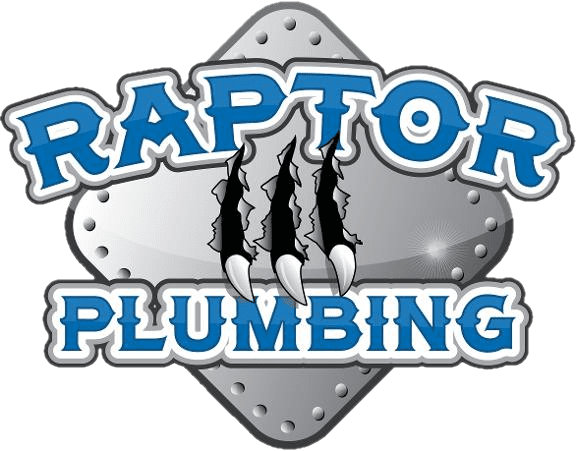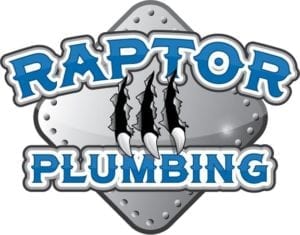Personal Protective Equipment (PPE)
Wearing proper PPE is non-negotiable. Pipefitters and steamfitters should always wear flame-resistant clothing, safety goggles, gloves, steel-toe boots, and hard hats. Respiratory protection may be necessary when working in enclosed or hazardous environments.
Safe Welding and Cutting Practices
Welding is a core part of pipefitting. Workers must follow protocols to prevent burns, fires, and exposure to toxic fumes. Use welding screens, ventilation, and fire extinguishers in the vicinity. Training in proper techniques is essential.
Handling High-Pressure Systems
Steamfitting often involves high-pressure steam lines, which can be extremely dangerous if not correctly maintained or depressurized. Only trained professionals should work on pressurized systems, and lockout/tagout procedures must be strictly followed.
Confined Space Awareness
Pipefitters may work in confined spaces, such as crawl spaces, boilers, or underground tunnels. These environments pose risks, including poor ventilation, toxic gases, or limited mobility. Always test the air quality and use a confined space permit system.
Tool and Equipment Safety
Improper use of tools can cause injuries. Inspect tools regularly, use the correct equipment for the job, and maintain them according to the manufacturer’s guidelines.
Emergency Procedures and Training
Every job site should have a clear emergency response plan in place. Workers must know evacuation routes, how to shut down systems in an emergency, and where to find first aid kits and eyewash stations.
Compliance with Regulations
Follow OSHA regulations and industry-specific codes at all times to ensure compliance. Regular safety training and refresher courses help reinforce compliance and awareness.
Conclusion
Safety in pipefitting and steamfitting requires diligence, preparation, and adherence to best practices. By prioritizing PPE, proper training, and regulatory compliance, professionals can reduce risk and maintain a safe working environment.

